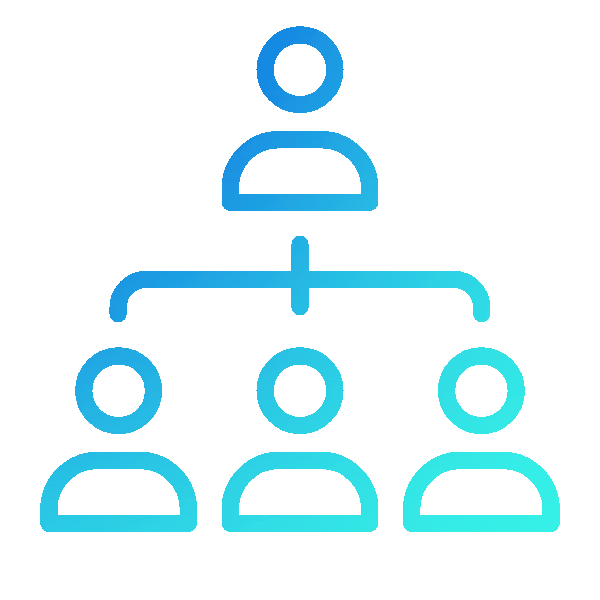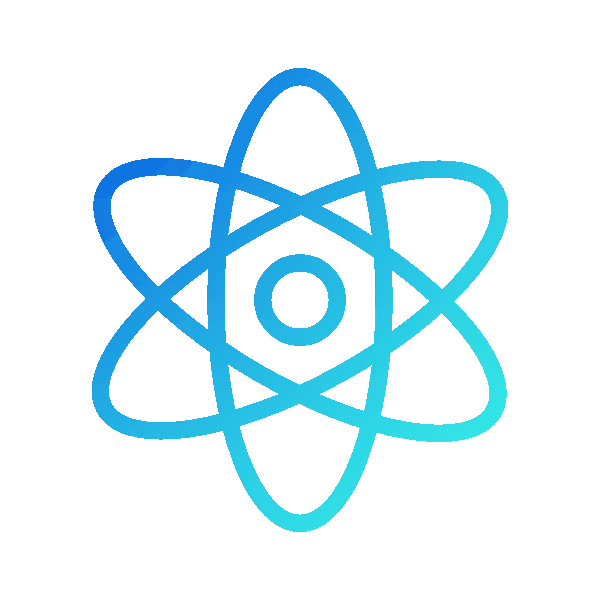Paddy Finn, CEO at Viotas, joins us to discuss how software can make energy systems more efficient and pave the way towards more wide-spread renewable energy adoption.
The Guest – Paddy Finn, CEO at Viotas
Dr Paddy Finn is the CEO at Viotas – a technology company in the energy sector that focuses on balancing supply and demand in the electricity grid and helping us ease into a low-carbon world of energy. Viotas won the Deloitte Fast50 in 2019 on the back of exceptional growth in the preceding years.
Optimizing The Grid Through Energy Management Software
“The energy industry is going through a huge transition at the moment. Power systems operated largely in the same manner for 80 to almost 100 years and in the next decade we’re going to see possibly as much change and advancement as we’ve seen in the last decade almost. There is a huge amount of food for thought to be able to solve some very complex problems. ” (Dr Paddy Finn, CEO at Viotas)
Electricity production is among the highest sources of greenhouse gas emissions (accounting for 25% of the 2019 GHG emissions in the US), with the majority of electricity still coming from burning fuels. There are many challenges and opportunities facing the energy sector in its strive towards sustainability, and some big ones include optimizing existing energy systems and allowing for the smoother wide-spread adoption of renewable energy.
Some of the topics covered in this episode include:
- The current and future technological opportunities for optimizing energy systems
- The challenges of using renewable energy and how technology can help address those challenges
- The technological advances that will help us move towards a lower-carbon future
- Advice for entrepreneurs planning to enter the energy sector
Highlight:
Transcript (abridged version):
[…]
I wonder, could you speak a little bit about some of the engineering challenges that you’re facing in providing services to the electricity system?
Absolutely. So what we do now wasn’t possible in the past. The operation of our business and the operation of a modern power system now is being driven by computation and communications. The power system used to run by rules of thumb, and that obviously leads to very inefficient use of assets on the grid. Whereas now it’s very much a dynamic, real-time problem that needs to be solved. […]
For example, if a power station trips on the grid, and we can have a customer at the opposite end of the country who has their power to a certain process that they have nominated – we can have that shut off in sometimes between 60 and 100 milliseconds. Oftentimes, before the grid operator ever even knew the problem existed, we’re stepping in to try to solve it. In doing that, we have to bring a lot of facets of technology together. So when we get down to the metrology side, we’re looking at waveforms, monitoring the grid, exactly what’s happening on the grid at any point in time. We have to bring that together, we have to look at what’s the best hardware that we can develop around that? What are the best communications that we can use? And then obviously, we have to build a whole stack, and the company is fully focused on aligning and modeling our customer sites, and then using that information to make it look like a power station to the electricity system. And this is all done in software. It’s all done through the models that we have at the sites. It’s all been made possible by the hardware that we’ve developed and deployed at sites, and then our systems will interact with the electricity market, and in near to real-time, they will be sending data to the electricity system operator, receiving instructions, and making sure that we achieve that by using all of our sites in concert.
You mentioned two areas when it comes to decarbonizing the grid. There’s how we can be less carbon-intensive, so there’s energy efficiency and energy flexibility which your organization is facilitating. Are there other technological advances that you’re seeing that are going to come down the track that might help us transition to a lower-carbon future?
There’s a lot on the horizon over the coming years. First of all, in a kind of a longer-term play, we will see a greater role played by hydrogen, particularly where you can use the hydrogen electrolyzers to produce hydrogen at times of high wind, and then use it for generation at times when there’s no wind.
In addition to that with what we do particularly around the flexibility, we’re going to start seeing that come down into lower tiers of the power system. […]
Now, people are buying more electric cars, which is absolutely the right trajectory. People are also moving towards electrified heat with air source heat pumps. So some of those houses are actually taking away some of the diversity there. That means that the power system doesn’t really have the infrastructure to actually deliver on those peak needs that people have. […]
In the coming years, you’re going to be buying appliances that are going to be smart-grid compliant, and that’s going to be part of your decision. So, do you want to buy a dishwasher that is just energy-efficient, or do you want to buy a dishwasher that’s flexible and smart grid compliant? Same with your heating system controls, electric power chargers, down to your electric blanket. So it’d be like bringing home a device like Alexa, which pairs with your house and is going to basically join the house’s ecosystem, and then you will decide, who is the smart grid aggregator that I want to sign up to that is going to help me not only save as much money with this appliance as possible but potentially make as much money as possible for me. And hopefully, it’s Viotas. We will change the manner in which we use these appliances, for example, tonight when I load my dishwasher, I’m going to be telling my dishwasher when to start, but with a flexible dishwasher, I’ll be telling it when I want the cycle to be finished by, and it’s up to the dishwasher to offer up that flexibility to Viotas and then we look at the best time to use and how can we make the best savings or the best money for budget here.
You can find The Story of Software podcast on:
Apple Podcasts, Spotify, Stitcher, Deezer, & any other podcast platform of your choice.
We hope you enjoy listening to this tech podcast and feel free to share any feedback with us: podcast@zartis.com
—
The Story of Software Podcast is produced by Zartis.




